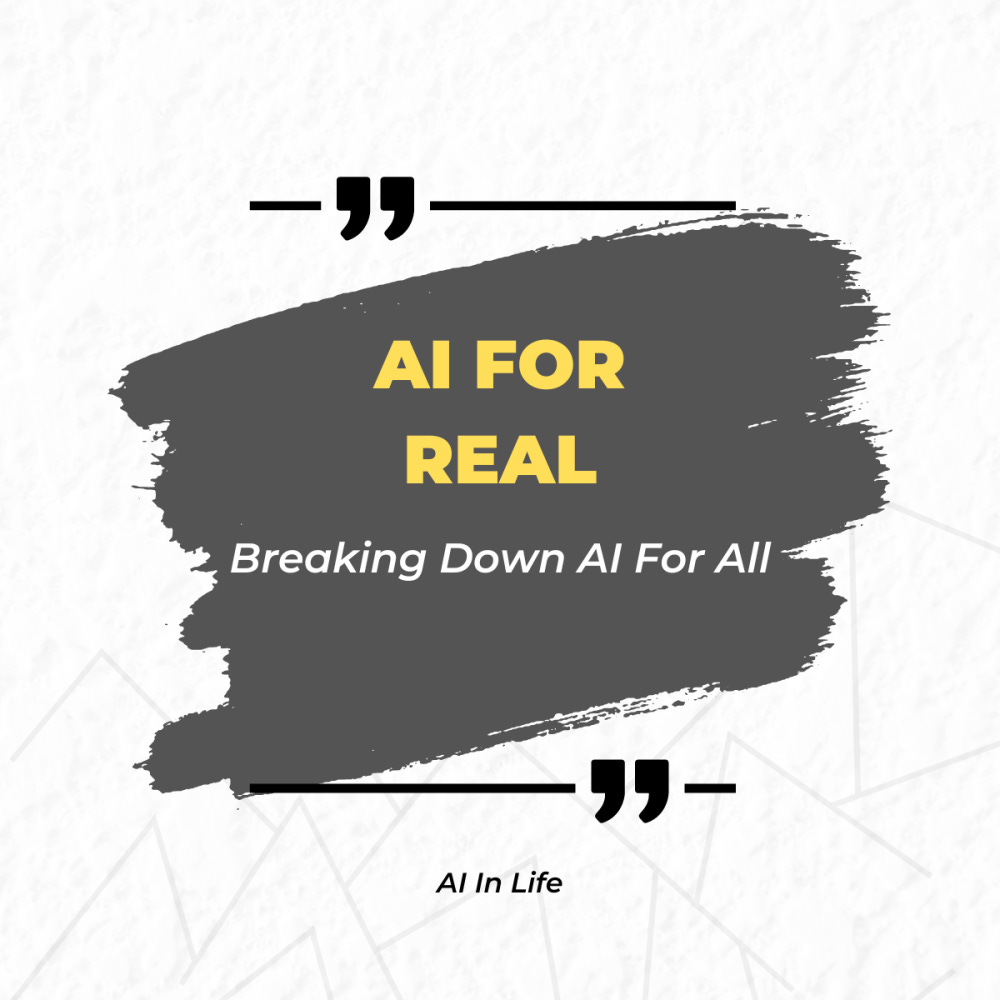Shaping Ethical AI: The Value Sensitive Design Approach Can Help
VSD goes beyond risk mitigation, prioritizing the proactive integration of human values into technological design, fostering ethical and desirable outcomes.
It's now more than clear that traditional legal frameworks cannot keep pace with technology developments and changes. While law has historically served as the primary tool for safeguarding societal values, its inherent slowness and rigidity make it ill-suited for the dynamic nature of new-age technology. This is particularly evident in the realm of user behavior online, where new platforms and applications continue to emerge and evolve at an ever-increasing speed.
Now, the world is seeing almost the same set of problems where artificial intelligence (AI) tech is concerned.
In response to this growing challenge, Value-Sensitive Design (VSD) offers a promising alternative approach.This is based on the presumption that the design of a tech itself can act as a regulatory mechanism.
VSD moves beyond simply mitigating risks and instead seeks to proactively embed desired human values directly into the design of technological systems. The values could mean privacy or freedom of speech or some such. This approach holds the potential to create a future where technology itself upholds and promotes our shared values, fostering a more responsible and ethical online environment.
The rapid advancement of AI has brought immense benefits across various sectors, from healthcare to finance. But naturally, these advancements have also sparked concerns about the ethical implications of AI. To address these concerns, the VSD framework as popularized by Professor Batya Friedman and others such as Peter Kahn and David Hendry offers a promising approach to ensure that AI systems are designed and developed in a way that aligns with our fundamental values.
Join one of the fastest-growing online communities around AI called, "AI For Real".
The What and How of VSD
VSD was introduced in the late '90s. The Value Sensitive Design Lab was then established at the University of Washington, USA. Since its inception, this approach has been implemented across numerous technologies and industries. It recognizes the inherent "values with ethical import" embedded in technology, such as privacy, democracy, freedom of speech, and equality. By integrating these values into the design process from the very start of building any tech, we can create AI systems that not only function effectively but also promote positive societal outcomes.
This is achieved through a multi-pronged approach involving several key stages:
1.Stakeholder Analysis: This involves identifying and understanding the perspectives of all stakeholders (users, developers, policymakers, etc.) and their respective values.This ensures that the design process considers diverse viewpoints and potential impacts on different groups.
2. Value Identification: This stage involves prioritizing the most relevant ethical values that the AI system should uphold. It requires careful consideration of both individual and societal well-being, balancing diverse perspectives to arrive at a well-defined set of guiding principles.
3. Technical Integration: This involves implementing design mechanisms that ensure the chosen values are reflected in the functionality and decision-making processes of the AI system. This may involve incorporating features that promote fairness, transparency, privacy, or other identified values, depending on the specific application.
4. Iterative Evaluation: This stage is crucial for ensuring the effectiveness of the design in achieving its intended value-driven outcomes.It involves continuously monitoring and evaluating the AI system's performance, identifying and addressing any potential shortcomings or unforeseen consequences that may arise.
Real-world use cases demonstrate the practical application of VSD in various technologies and the Internet of Things smart devices. One of the most famous ones is the device maker HP putting a slider on its laptop camera to prevent a hacker from misusing it. There are others:
Parental Controls: Platforms like YouTube and streaming services offer parental control settings.These allow parents to restrict access to inappropriate content, ensuring the safety and well-being of children in the digital world. This aligns with the values of parental guidance and responsible technology use.
Algorithmic Transparency: Some search engines give users insights into the factors influencing search results. This transparency fosters trust and accountability by allowing users to understand the rationale behind the information presented to them.
Similarly, by embracing VSD, developers can move beyond simply mitigating risks and towards creating AI systems that actively promote our shared values. This collaborative effort, involving diverse stakeholders from ethics and law alongside engineers and designers, is crucial to fostering a responsible AI future. By prioritizing human values throughout the design process, we can harness the power of AI for the benefit of all.




